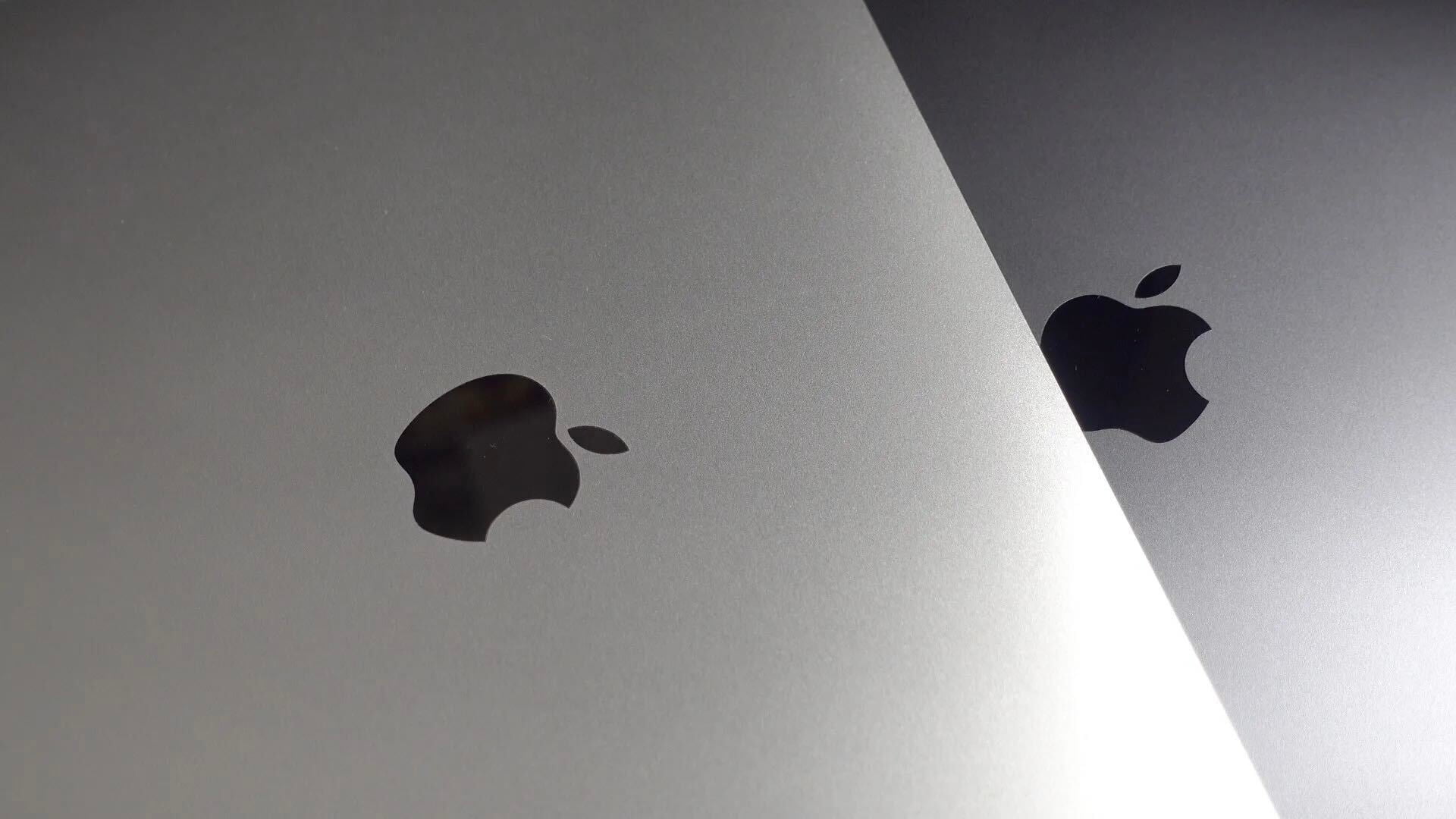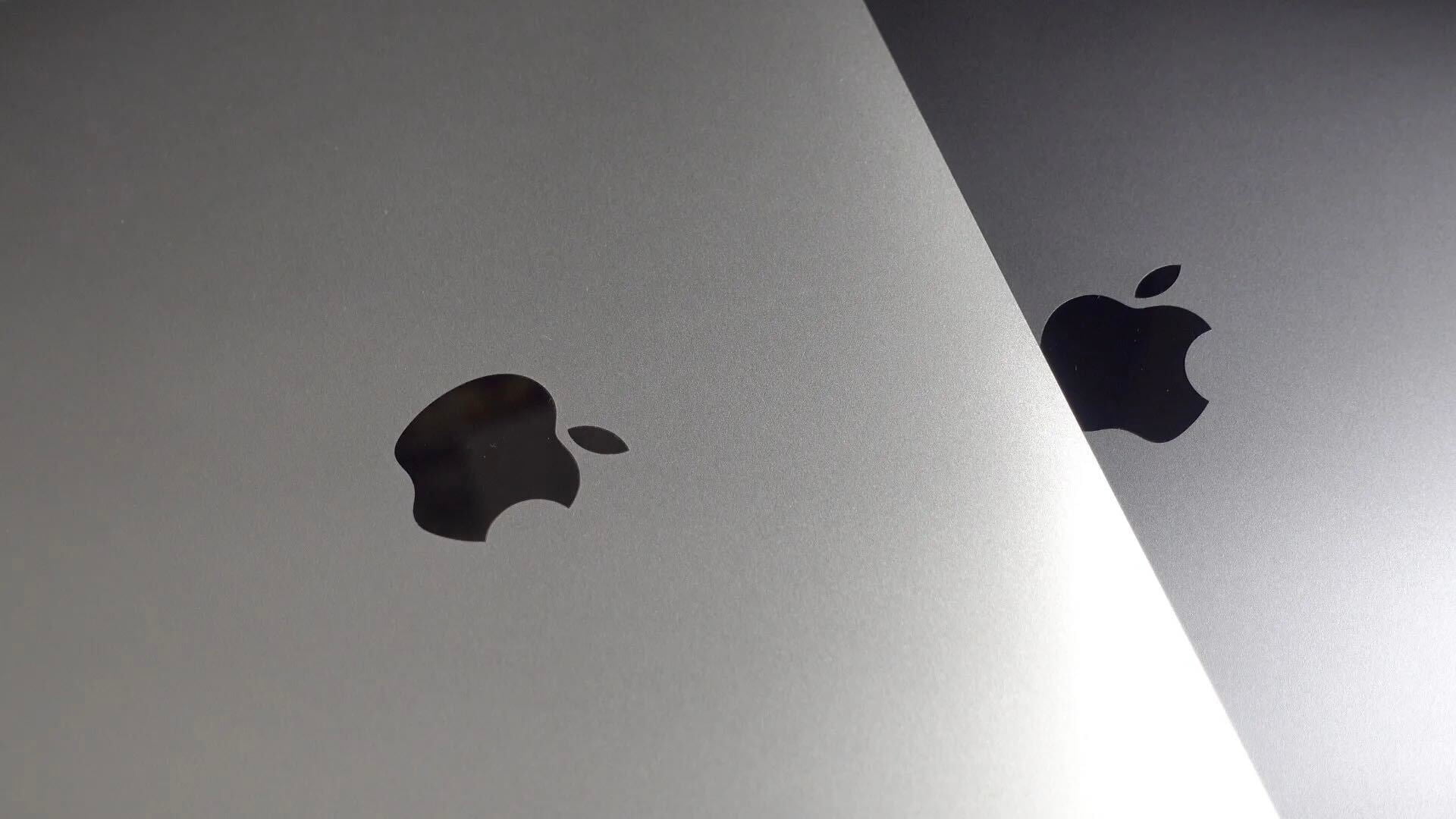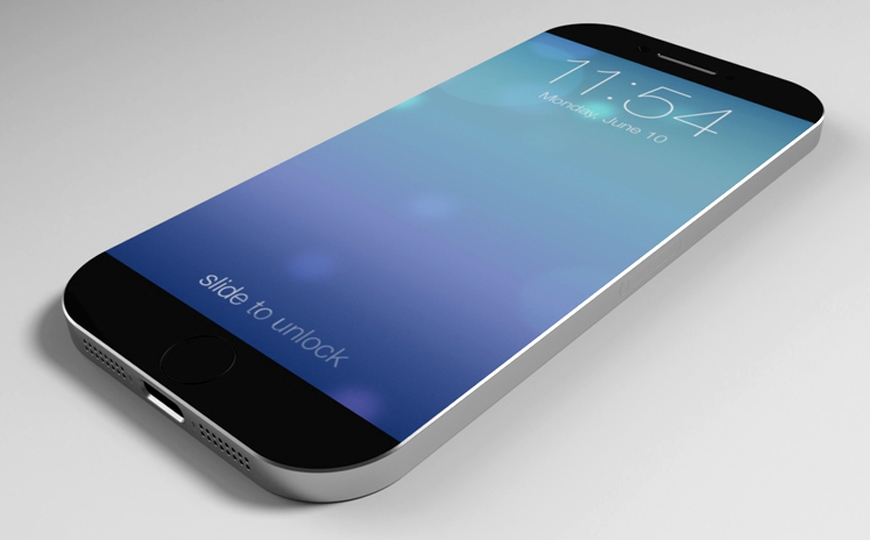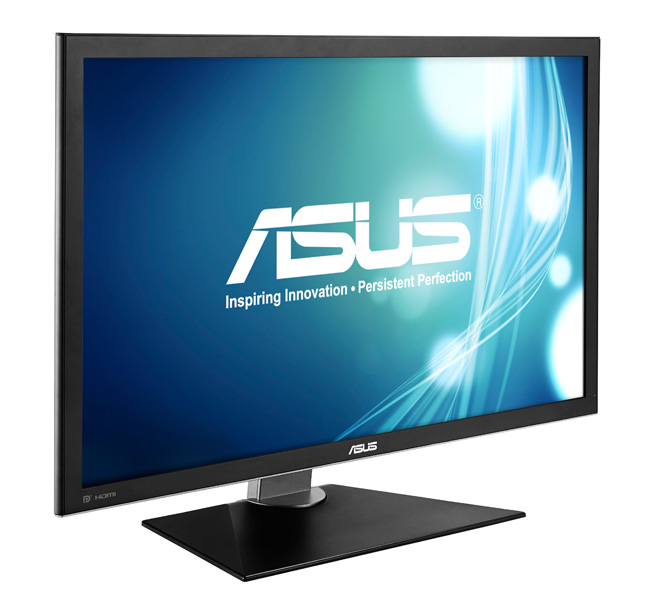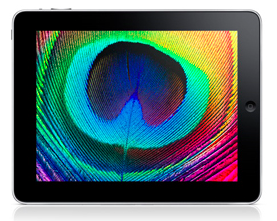iOS 8 turns up evidence of another possible iPhone 6 resolution: a larger 828 x 1472


Early this year, we heard from a source that Apple had been testing multiple resolutions for the iPhone 6’s larger display, including a resolution of 960 x 1704. As we outlined, the benefit of that resolution is that it allows both developers and consumers to smoothly transition to the new display without losing high-quality imagery and graphics found in many applications from the App Store. At that density on both a 4.7-inch and 5.5-inch display (the two larger screen sizes for the next iPhone), all content would display larger in comparison to the current, 4-inch iPhone, but there would not be more actual screen real estate. Now, we’ve discovered another potential iPhone 6 screen resolution by way of iOS 8 files inside of the latest Xcode 6 Software Development Kit (SDK) betas for developers.
